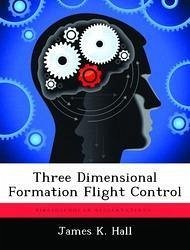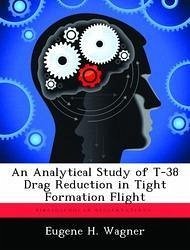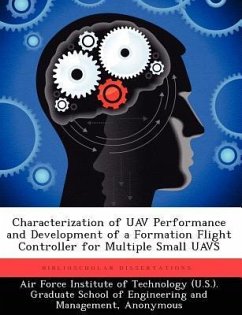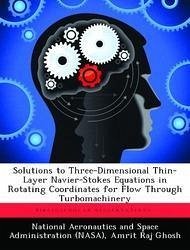Nicht lieferbar

Three Dimensional Formation Flight Control
Versandkostenfrei!
Nicht lieferbar
Automating the control of an aircraft flying in formation necessitates the extension of the theory of formation flight control to allow for three dimensional maneuvers. The formation was modeled as a two-aircraft, leader and wingman, formation. Both aircraft has its own three dimensional, rotating and translating, Cartesian axes system, with special attention being given to the motion of the leader in relation to the wingman. The controller operated using the equations of motion expressed in the rotating reference frame of the wing aircraft. The control system has seven states, three inputs an...
Automating the control of an aircraft flying in formation necessitates the extension of the theory of formation flight control to allow for three dimensional maneuvers. The formation was modeled as a two-aircraft, leader and wingman, formation. Both aircraft has its own three dimensional, rotating and translating, Cartesian axes system, with special attention being given to the motion of the leader in relation to the wingman. The controller operated using the equations of motion expressed in the rotating reference frame of the wing aircraft. The control system has seven states, three inputs and three disturbance signals to model the dynamics of the formation in three dimensional space. The control law employed was the feedback of the difference between in actual separation distance and the commanded separation distance to affect changes in thrust, lift, and roll rate. The control system incorporated proportional, integral, and derivative control elements, each with separate gains, to achieve and maintain the specified formation geometry despite various maneuvers flown by the leader. Simulated maneuvers included: an initial displacement of the wingman away from the formation geometry, and changes in the leader's velocity, altitude, and heading. For each maneuver, the controller performance was sufficient to maintain the commanded formation geometry.







